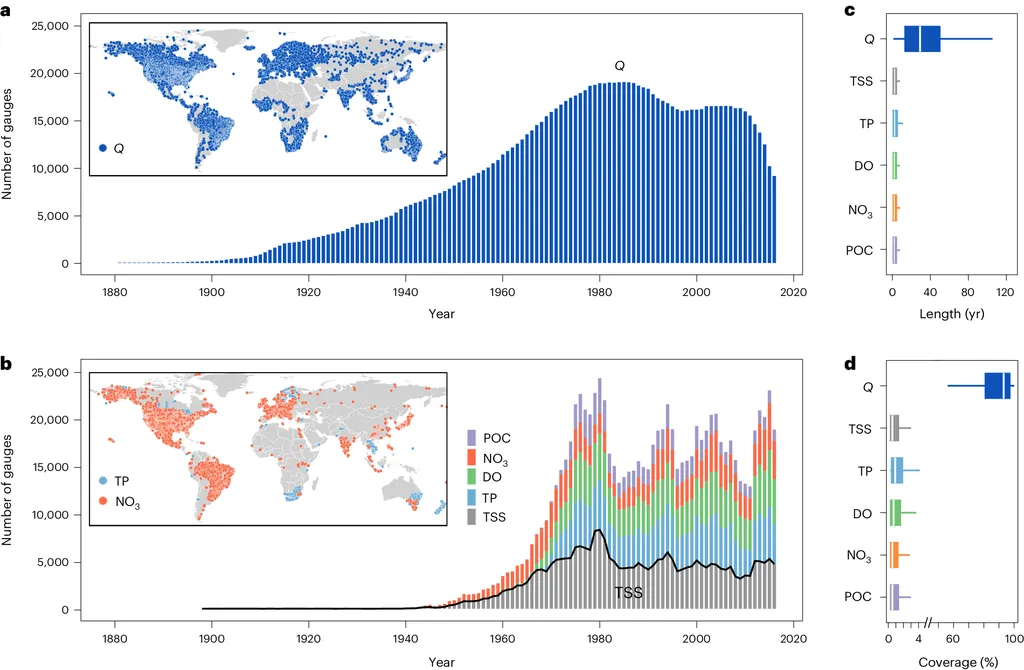In a groundbreaking development for environmental monitoring and water resource management, researchers have introduced a novel approach to predict water quality with unprecedented accuracy. The study, published in *Franklin Open*, presents the Dual-Key Convolutional Transformer Autoencoder Network (DKCTAN), a sophisticated model that integrates advanced machine learning techniques to forecast the Water Quality Index (WQI) and classify water quality (WQC) with remarkable precision. Led by R. Maruthamuthu from the Department of Computer Applications at Madanapalle Institute of Technology and Science, this research promises to revolutionize how we monitor and manage water resources, particularly in agriculture.
Water quality is a critical factor in agricultural productivity, affecting everything from crop irrigation to livestock health. Poor water quality can lead to reduced yields, increased disease susceptibility, and long-term environmental degradation. Traditional methods of water quality assessment often fall short in providing the accuracy and flexibility needed for complex water systems. The DKCTAN model addresses these limitations by leveraging cutting-edge technology to deliver real-time, reliable water quality predictions.
The research utilized the Indian water quality Dataset, which underwent rigorous preprocessing to ensure data integrity and minimize noise. Techniques such as decimal scaling, new adjusted min-max scaling, statistical column normalization, and zero-correlation linear analysis were employed to refine the dataset. The DKCTAN model was then applied to predict WQI and WQC, achieving an impressive 99% accuracy rate with minimal error. This level of precision is a significant leap forward in water quality monitoring, offering a scalable framework for broader environmental management applications.
“Accurate water quality prediction is crucial for sustainable agriculture and environmental health,” said lead author R. Maruthamuthu. “Our model provides a robust tool for real-time monitoring, enabling better decision-making and resource management.”
The integration of the Poplar Optimization Algorithm (POA) further enhances the model’s performance, ensuring optimal accuracy and efficiency. This optimization technique is particularly valuable in agricultural settings, where timely and precise water quality data can inform irrigation strategies, reduce water waste, and improve crop health.
The implications of this research extend beyond immediate agricultural benefits. By providing a reliable means of monitoring water quality, the DKCTAN model can support broader environmental management efforts, contributing to sustainable practices and long-term ecological health. As climate change and industrial activities continue to impact water resources, the need for advanced monitoring tools becomes increasingly urgent.
This study not only highlights the potential of machine learning in environmental science but also underscores the importance of interdisciplinary collaboration. By combining expertise in computer science, environmental engineering, and agriculture, researchers have developed a tool that can drive significant advancements in water resource management.
As the agricultural sector faces growing challenges related to water scarcity and quality, the DKCTAN model offers a promising solution. Its ability to provide accurate, real-time data can help farmers and policymakers make informed decisions, ultimately promoting sustainable agriculture and environmental stewardship. The research published in *Franklin Open* by lead author R. Maruthamuthu from the Department of Computer Applications at Madanapalle Institute of Technology and Science, Madanapalle, AP, India, marks a significant step forward in this critical field.

